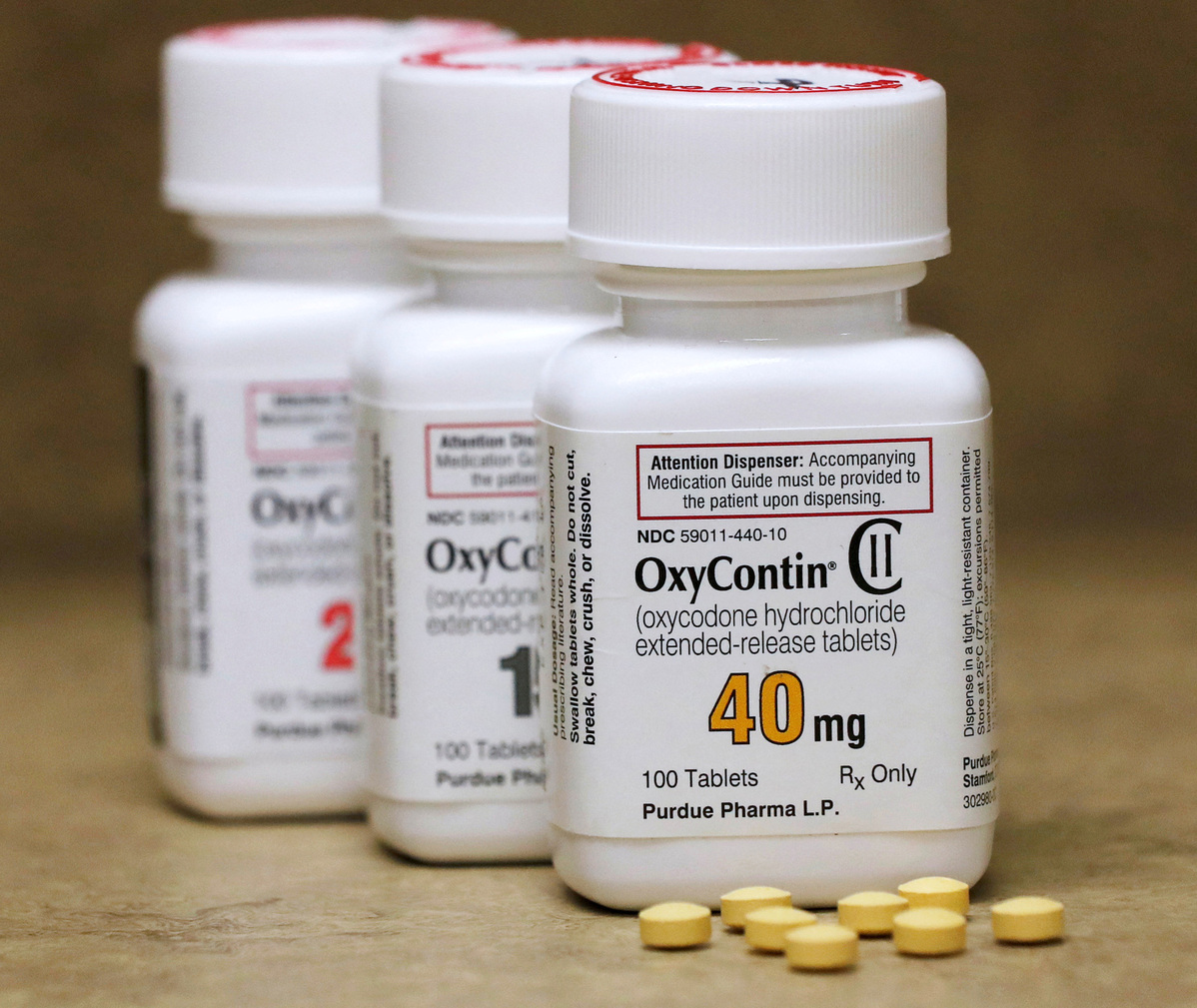Executives, attorneys, creditors, and many others invested in the wind-down of Yellow Corp. will gather Sept. 15 for a key hearing in U.S. Bankruptcy Court in Delaware that should answer several questions about how the shuttered carrier’s case and auctions of substantial assets will proceed in the coming weeks.
The hearing could add clarity to some important questions in Yellow’s filing and perhaps reveal bidders who haven’t yet gone public with their interest in what remains of the almost 100-year-old company.
Here’s the latest on the Chapter 11 case for what was, until last month, the No. 6 carrier on the 2023 for-hire FleetOwner 500:
- The Sept. 15 hearing is slated to cover a lot of ground. Among the most important items before Judge Craig T. Goldblatt is final approval of the $142 million in debtor-in-possession (DIP) financing Yellow has secured from hedge funds Citadel and MFN Partners (the latter being Yellow’s largest shareholder, having amassed a 42% stake this summer) as well as the procedures that will govern the auction of the defunct company’s assets planned for next month.
- Also on the provisional agenda is finalization of a motion, preliminarily approved by Goldblatt on Sept. 8, to make about $24.5 million in outstanding wage and benefit payments and roughly $1.9 million in severance payments to U.S. and Canadian workers who lost their jobs when Yellow shut down operations in late July. A similar motion will give Yellow the OK to pay attorneys and other professionals who have been working on the bankruptcy case.
- Yellow executives also want permission to sell various assets in deals worth $5 million or less without needing to seek court approval, a step that would be costly and slow if repeated dozens of times. If approved by Goldblatt, these so-called de minimis asset transactions would let the company strike deals for items such as fuel, tires, spare parts, office furniture, and computers—but not almost all of its real estate or its tens of thousands of trucks and trailers.
- The Yellow team also seeks a go-ahead from the court to abandon certain assets if they deem the assets to be worth $250,000 or less if the cost of maintaining, storing, or moving them would outweigh what the company could secure via sales.
- Yellow’s board has acquiesced to a demand from MFN to add two directors nominated by the investor to its ranks. The vote to add Mary Nell Browning and Thomas Knott took place Sept. 5, about two weeks after MFN pushed for the move to add to the board’s restructuring expertise. Browning is a former Enron and ConocoPhillips executive who has remained active in the energy sector while also advising on several reorganizations; Knott’s background wasn’t immediately clear on Sept. 11.
These are the sizable and still unanswered questions related to Yellow’s bankruptcy case:
Will other bidders emerge for Yellow’s property portfolio?
At least two top North American fleets are interested in snapping up Yellow’s portfolio of about 160 freight terminals. Last month, Estes Express Lines (No. 11 on the for-hire FleetOwner 500) submitted an early bid of $1.3 billion before being pipped to the post as “stalking-horse” bidder by No. 10 Old Dominion Freight Line, which offered $1.5 billion for the real estate.
That Old Dominion bid will serve as the floor for others looking to buy Yellow’s entire portfolio of properties and comes with a break-up fee of $26 million—money Old Dominion will walk away with if the final price paid for Yellow’s terminals tops ODFL’s offer.
How likely is that scenario? George Singer, a veteran bankruptcy attorney and a Denver-based partner at Holland & Hart, said the chances are good that other players will come forward as bidders for Yellow’s terminals, either on their own or via alliances with other entities.
See also: ArcBest shows shipments boost post-Yellow
“The biggest surprise in this case so far has been that there was stalking-horse competition. That bodes well for a competitive auction,” said Singer, who is an outside observer and not involved in the Yellow bankruptcy case. “I can’t imagine this case not going forward with competitive bids.”
Old Dominion and Estes Express aren’t the only carriers hungry for more real estate. The leaders of TFI International (No. 9 on the for-hire FleetOwner 500) and ArcBest Corp. (No. 29) have in recent months also said they plan to grow their terminal networks and would consider opportunistic larger deals of the kind made possible by the shuttering of Yellow. “You always have to keep your ear to the ground and watch what happens,” ArcBest Chairman, President, and CEO Judy McReynolds told analysts in late July. “And this could be a unique opportunity, I agree.”
What are the chances Yellow sells its terminal network in smaller pieces?
Pretty good. Regional carriers or non-trucking bidders interested only in specific clusters of Yellow terminals could team up with others to submit bids. Or they could try their luck by bidding only for what they really want and can afford. After all, not everyone has access to $1.5 billion for a monster deal or wants to later on have to dispose of unwanted properties piecemeal.
Partial-portfolio bidders coming to the table, Singer said, would complicate things for Yellow’s C-suite and their advisers, however. Smaller bids are harder to assess and would, because of the larger transaction costs and the greater uncertainty of closing, need to combine to be worth materially more than the $1.5 billion Old Dominion has offered. But in a liquidation such as this, executives need to do every piece of homework to ensure they’re getting the maximum value from the company’s assets, Singer said.
How will auctions for Yellow’s trucks and trailers play out?
A short answer about Yellow’s more than 12,000 trucks and 42,000 trailers might be: “Two auctions, in essence—divided between newer and old equipment.”
Chris Visser, director of specialty vehicles at research firm J.D. Power, said that Yellow’s niche in the tractor market had been single-axle day cabs best suited to haul 28-foot trailers, which set it apart from many other carriers more focused on sleeper cabs. The day cabs have of late held their value better than other trucks, Visser added, because their supply-demand dynamics have been smoother than those for sleepers, which have been in high demand but which manufacturers have regularly struggled to build because of parts and supply chain struggles.
“Competitors will pick up some of those trucks,” Visser added. “But it’s not going to be a perfect match for anybody.”
See also: Equipment market braces for Yellow’s used tractor, trailer sales
The biggest plus point for Yellow’s creditors on this front is that a sizable chunk of Yellow’s fleet is very young. CEO Darren Hawkins and his team dedicated $400 million of the controversial $700 million CARES Act loan they secured from the federal government in mid-2020 to buy trucks, trailers, and containers. In 2021 and 2022, Yellow spent $518 million on revenue equipment—60% more than it had in the preceding five years combined. From late 2020 through the end of 2021, the company acquired 2,400 trucks and 3,600 trailers, a push that Hawkins said around that time had lowered the average age of Yellow’s fleet by about two years.
The picture looks very different for the trucks Yellow didn’t get around to replacing. Yellow’s older units, Visser said, are likely to fetch $20,000 at most and will saturate the market—one that Rouse researchers say pushed down Q2 2023 prices 23% from the same time last year—or end up needing to be shipped overseas. Another possible scenario: They don’t sell as functioning trucks but end up being snapped up by dismantlers more interested in their parts.
“My gut is most of these will hit the auction market,” Visser said. “The auction houses would love to manage part of this liquidation” rather than have such a large block of trucks hit the market at the same time.
An additional note here: The scale of Yellow’s real estate and equipment portfolios makes it probable that the sale process slated for next month will become a drawn-out affair. “I’m expecting a multiday auction. That wouldn’t surprise me,” Singer said. “They will try to deal with all of those pieces as best they can.”
How might legal claims factor into these auctions?
They could be crucial because they are likely to involve very large sums of money.
Yellow’s leaders have an asset—albeit one with a value still undefined—in the form of their lawsuit (filed in late June) against the International Brotherhood of Teamsters over what Yellow executives say was the union’s illegal obstruction of an operations restructuring plan, One Yellow, the company’s third in 15 years. In their lawsuit, Yellow executives are asking to be paid $137 million in direct damages (to Yellow’s pre-tax profits) as well as at least $1.5 billion in lost enterprise value.
Opposing those claims are Yellow’s pension plan obligations and related penalties, which the company said in a recent regulatory filing could top $6.5 billion. Singer said both the Teamsters and the federal Pension Benefit Guaranty Corp. are likely to file claims against Yellow to ensure the company’s former employees have something to show for their tenures. Those claims, he said, “are the biggest wild card” in this bankruptcy case.
See also: August trucking jobs fall, reflecting Yellow’s demise
This standoff could set the stage for some old-fashioned horse-trading set against the backdrop that lengthy litigation would drain Yellow’s coffers of cash that could otherwise be distributed among the company’s creditors—including its former 22,000 unionized employees. “The union’s claim is going to be massive and chances are the debtors will object,” Singer said. “I could see the competing claims being offset to set the ground for a settlement.”
As strident as the leaders of Yellow and the union have been toward each other since late spring, such a settlement would require some serious gnashing of teeth. There’s been no love lost between the two, especially this summer, as Yellow’s lawsuit lays bare and as company executives didn’t hesitate to blame Yellow’s demise on the union. For their part, Teamsters leadership called Yellow a “deadbeat company” and accused its C-suite of greed, dysfunction, and for squandering the Trump administration CARES Act loan and years of wage and benefits concessions from the union that represented about 22,000 of Yellow’s 30,000 employees.
What are the chances equity holders, including the U.S. government, see some proceeds?
The answer to this question is quite dependent on how the legal questions above are resolved, which is why Singer said he would be surprised if MFN and the federal government—which owns 30% of Yellow’s shares via the deal for the CARES Act loan—recover something from their stock holdings.
First in line to be paid back with auction proceeds are secured creditors, mainly Citadel as owner of about $485 million of debt and the federal government in its role as CARES Act lender. In all, Yellow’s balance sheet as of June 30 showed nearly $1.5 billion in long-term debt—conveniently the amount Old Dominion has bid for the company’s real estate.
Unsecured creditors will be next and will be led by the Teamsters and the Pension Benefit Guaranty Corp. They will essentially be paid with proceeds from truck and trailer sales. Equity investors will be paid much later if there’s money left over once unsecured creditors—they also include municipalities, railways, suppliers, and dozens of other entities—as well as Citadel and MFN, this time in their roles as debtor-in-possession financiers, are repaid.
That’s a long shot even if investors still think Yellow’s shares are worth something. For much of the past week, the stock (Ticker: YELLQ) has been changing hands over the counter around $1.75, valuing the company’s equity at about $92 million. A meme-stock feeling has surrounded Yellow’s shares since its bankruptcy filing; those vibes usually end with a severe hangover.



